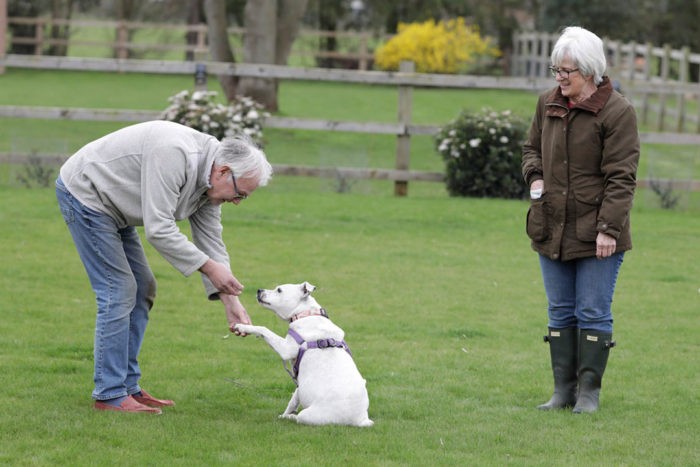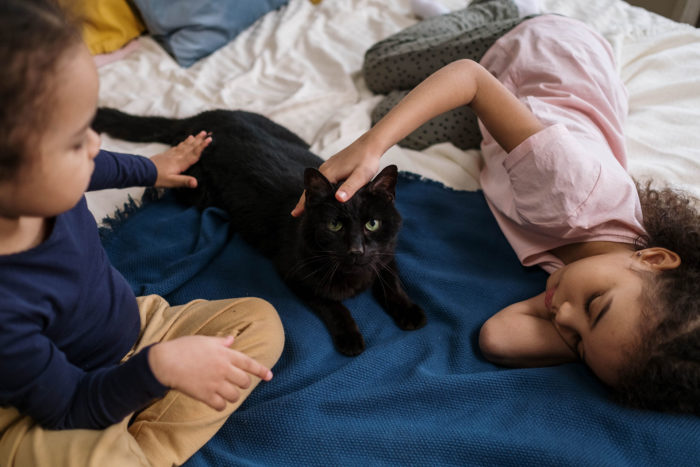Pining Previous Pet Owners
This audience have owned pets all their life but have reached a point where they are unable to continue to look after a pet or consider their age a barrier.
Supporting animal welfare charities is a proxy to pet ownership for them and they want to feel close to the animals they are supporting. Like Experienced companion seekers they are drawn to smaller but established charities that they see as needing the support.
This audience is particularly warm to receiving pet related content that lets them feel close to the pets they are ‘supporting’ and are interested in sharing their pet ownership experience, remembering their pets and being consoled.

They are at the stage of life where they are needing more support, potentially losing friends and partners and feeling increasingly isolated. This group will respond to things that give them a sense of community and make them feel part of a group of like minded people making a difference.
They consume the majority of their media through more traditional channels such as terrestrial TV and newspapers, and will engage with anything animal and animal welfare related.
It’s likely that their love of pets will have been passed down to close family members so they can be an interesting audience in terms of advocacy and knowledge sharing.
65+
core age range
70%
female
50%
cohabiting
£35-£75k
average household income
Retired. They tend to live in rural areas and suburbs.

75%
owned a dog
65%
owned a cat
20%
owned a rabbit
Main reasons they are not seeking another pet
This audience is most likely to have come across Woodgreen through traditional marketing channels and watching The Doghouse.
% of your current supporter base this audience makes up

Like experienced companion seekers, this audience see supporting charitable organisations as a duty, and will support a range of charities regularly which will include at least one animal welfare charity.
They prefer traditional ways of giving and are warm prospects for legacies with over 20% planning to leave a gift in their will to charity.
70% have supported an animal welfare charity in some way.
Top animal charities supported: RSPCA, Dogs Trust and The Donkey Sanctuary.
- Terrestrial TV channels
- Facebook, animal welfare organisation followers
- National newspapers
- Direct Mail
- Charity Shops
- Community building pieces or forums.
- Emotional storytelling and experience sharing – they’re most likely grieving.
- Emergency appeals, regular giving campaigns, tribute funds.
- Legacy offerings that stand out, including unique stewardship experiences.
- Facebook – carousels, multi-image, statics, video polls.
- Regular giving
- Cash gifts
- In memory giving
- Legacies

Meet Rose
75 year old, ex-dog owner
Download Rose's portrait
Offer opportunities to commemorate their pets and show you care
This audience are grieving the loss of their previous pets and their ability to own a pet going forward. Offer them opportunities to connect with other grieving pet owners, and avenues for them to remember and celebrate their beloved pets through in-mem donations and tribute funds.
Show them how a legacy gift can make an impact
This audience are warm to leaving a legacy to you, but you will be competing with the other charities they regularly support. Consider how to make your legacy offering stand out, test ideas with this group of supporters, offer them a unique stewardship experience with you that ties into their motivations for supporting you.
- Caring
- Supportive
- Pet-centric








